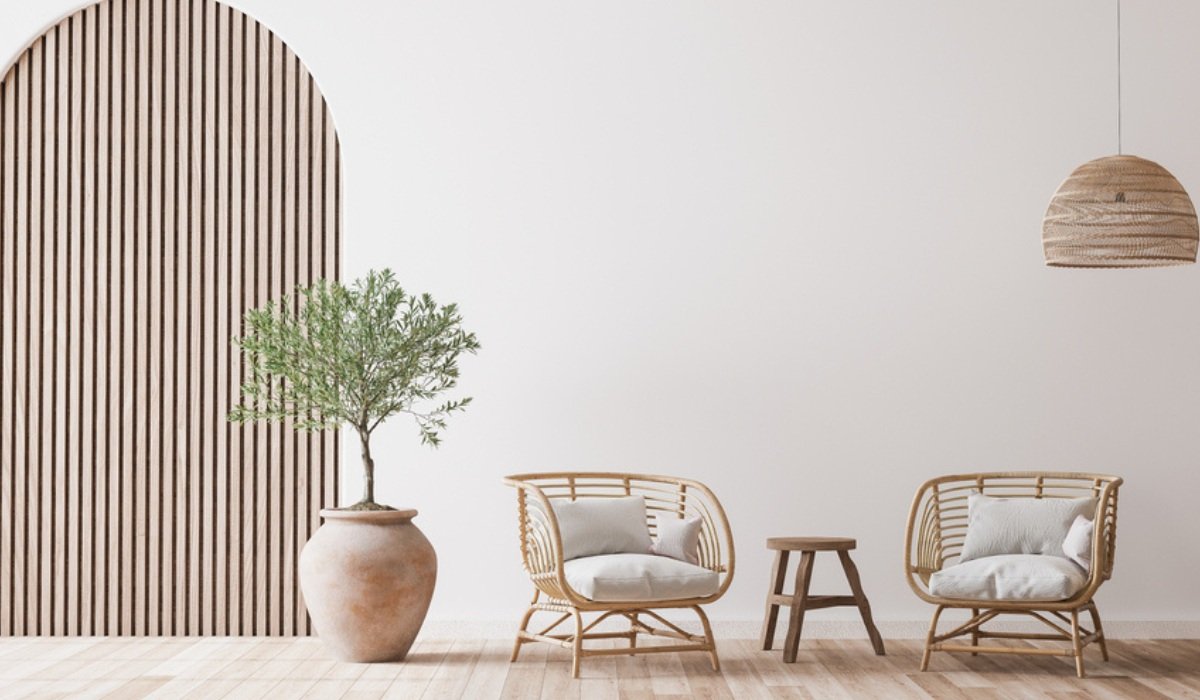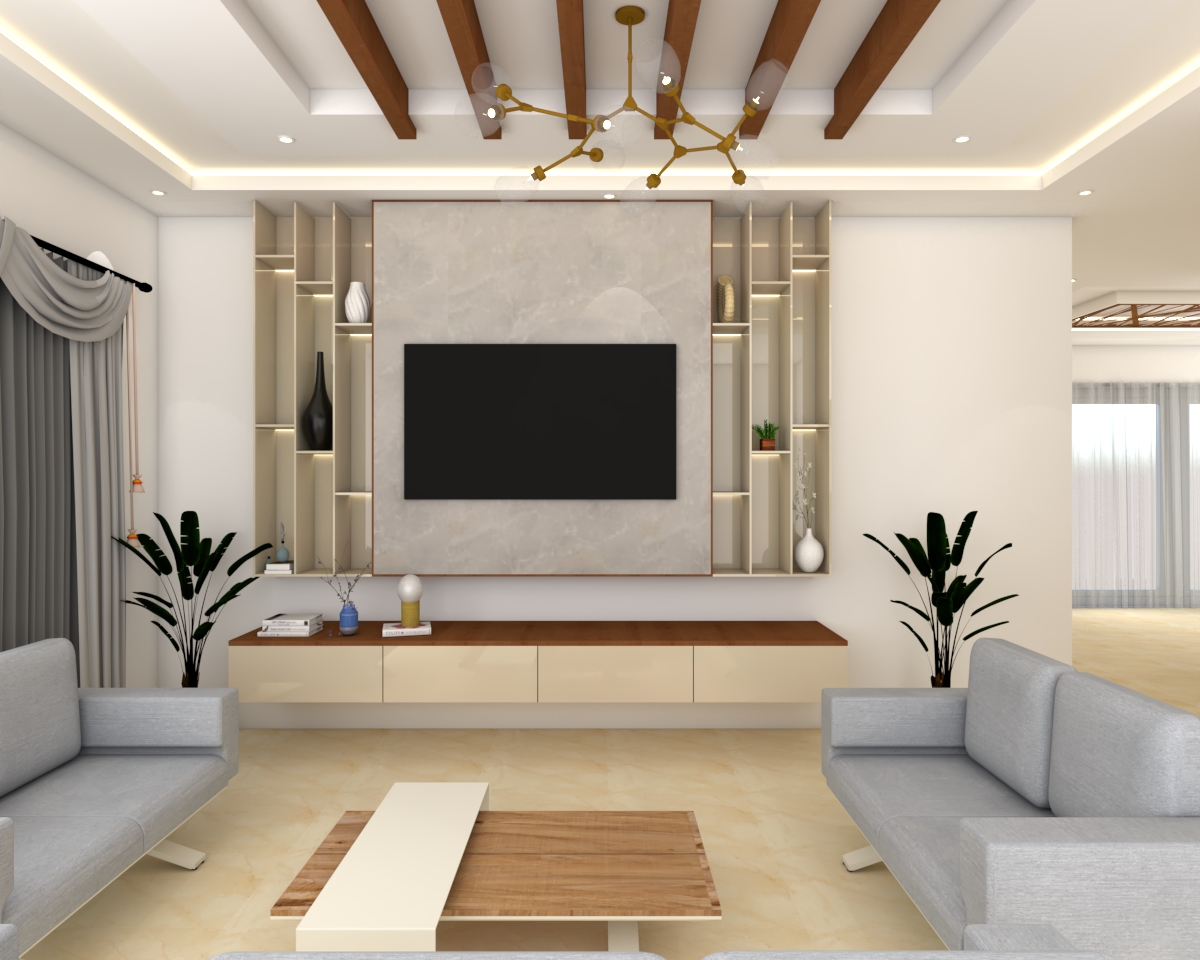Your Dream Home Waits For: Choosing an Interior Designer Miami
Your Dream Home Waits For: Choosing an Interior Designer Miami
Blog Article
What Are the most recent Fads in Interior Design That Can Elevate Your Home?
In the ever-evolving world of interior style, a merging of capability, personalization, and sustainability is shaping modern areas (Luxury Interior designer Miami). Exploring these fads exposes just how they can change your home right into a reflection of both personal preference and functional requirements, inviting a closer assessment of what really raises a living room.
Sustainable Layout Practices
Sustainable style methods have become a keystone of contemporary interior decoration, showing an expanding awareness of ecological effect. These practices prioritize using environmentally friendly materials, energy-efficient systems, and waste decrease methods, aiming to develop interiors that are not just cosmetically pleasing yet also environmentally accountable.
One key aspect of sustainable layout is the choice of products. Developers progressively prefer recovered timber, recycled steels, and low-VOC (unstable natural substances) paints, which minimize harmful emissions and promote much healthier interior air top quality. The consolidation of natural light through tactical home window placements lowers reliance on synthetic illumination, thus saving energy.
Another important component is the execution of effective heating, air conditioning, and water supply. Making use of smart modern technology can maximize energy intake, while rain harvesting systems add to sustainable water monitoring. In addition, furnishings and style are regularly sourced from local artisans, additionally reducing the carbon impact connected with transport.
Inevitably, lasting design methods not only improve the functionality and durability of rooms however likewise foster a much deeper connection to the environment (Luxury Interior designer Miami). As customers come to be increasingly diligent, these techniques will likely proceed to shape the future of indoor layout, creating spaces that resonate with both elegance and sustainability
Bold Color Schemes
Bold color palettes have become a specifying trend in interior style, permitting areas to make striking declarations and reflect personal design. The usage of lively hues can change an or else normal area right into a captivating atmosphere. Designers are increasingly embracing rich jewel tones, saturated primaries, and unexpected shade mixes to develop a feeling of drama and vibrancy.
Integrating strong colors can be achieved through different components, including wall surfaces, furnishings, and accessories. For example, an accent wall repainted in a deep emerald green or a striking cobalt blue can function as a focal point, while vibrant upholstery or art work can infuse energy right into the space. Layering different tones within the exact same shade family members adds deepness and passion, improving the general aesthetic.

Furthermore, using contrasting colors can rejuvenate a room, accentuating building features and layout components. This method motivates home owners to express their individuality and accept creative thinking in their interior rooms. As fads progress, vibrant color schemes attract attention as an effective means of personal expression, enabling house owners to curate environments that reverberate with their one-of-a-kind tastes and way of livings.
Maximalism Vs. Minimalism
Just how do personal choices influence the recurring dispute between maximalism and minimalism in interior design? Minimalism, defined by tidy lines, neutral schemes, and functional home furnishings, charms to those seeking simpleness and harmony.
Alternatively, maximalism accepts pep with vibrant shades, eclectic patterns, and a wealth of style. This style motivates personal storytelling, allowing property owners to display their one-of-a-kind collections and passions. Maximalism invites creative thinking and self-expression, making it an eye-catching alternative for those who thrive on aesthetic excitement and diversity in their environments.
The discussion between maximalism and minimalism eventually depends upon individual taste and lifestyle. While minimalism may resonate with those who choose a serene, well organized area, maximalism interest individuals who commemorate individuality and splendor in layout. Comprehending one's preferences can assist property owners in creating spaces that reflect their identifications while straightening with modern fads in interior decoration.
Multi-Functional Areas

The layout of these spaces commonly integrates innovative furnishings services, such as sleeper sofa, extendable table, and modular shelving, which can adjust to different functions throughout the day. A living room can flawlessly shift into a home office or a visitor bed room, taking full advantage of utility without giving up design.
Moreover, the combination of modern technology plays an essential function in enhancing multi-functionality. Smart home devices can simplify operations, permitting property owners to control lights, temperature level, and even security easily, thus creating an extra adaptable living environment.
Along news with usefulness, the aesthetic charm of multi-functional areas can be attained with thoughtful style selections. Open layout, cohesive color combinations, and calculated zoning with rugs or furniture can define areas while guaranteeing an unified flow. Eventually, embracing multi-functional spaces not only enhances living locations yet also enhances the overall home experience.
Biophilic Design Elements
An increasing variety of indoor developers are including biophilic design components to promote a deeper connection in between indoor rooms and the natural surroundings. This style ideology highlights the combination of nature right into the see built environment, promoting health and improving the visual appeal of a room.
Key biophilic layout components include making use of all-natural materials, such as rock, timber, and bamboo, which develop a warm and inviting environment. Integrating plant, via interior plants or vertical yards, not only enhances air quality yet additionally includes a refreshing visual component. Natural light is an additional crucial element; making best use of home windows or making use of skylights can enhance daytime, minimizing reliance on fabricated lights.
Water features, such as aquariums or fountains, evoke tranquility and can serve as focal factors within an area. Color combinations influenced by nature-- natural tones and tones of eco-friendly and blue-- cultivate a calming ambiance.
Integrating these biophilic components not just enhances the visual value of a home but additionally contributes to improved mental health and wellness and health, making them an essential factor to consider for contemporary indoor style.

Conclusion
The most current patterns in indoor style underscore the value of sustainability, personalization, and performance. Collectively, these fads not just raise domestic atmospheres yet likewise contribute to a more lasting and individualized strategy to interior style.
In the ever-evolving realm of interior layout, a convergence of sustainability, personalization, and performance is shaping modern areas.Strong shade schemes have actually get redirected here become a defining pattern in interior layout, allowing rooms to make striking declarations and show personal style. While minimalism may reverberate with those who favor a peaceful, organized area, maximalism charms to people that celebrate originality and splendor in design. Recognizing one's choices can guide property owners in producing spaces that mirror their identifications while straightening with contemporary fads in indoor design.
In addition to practicality, the visual appeal of multi-functional spaces can be achieved through thoughtful style options.
Report this page